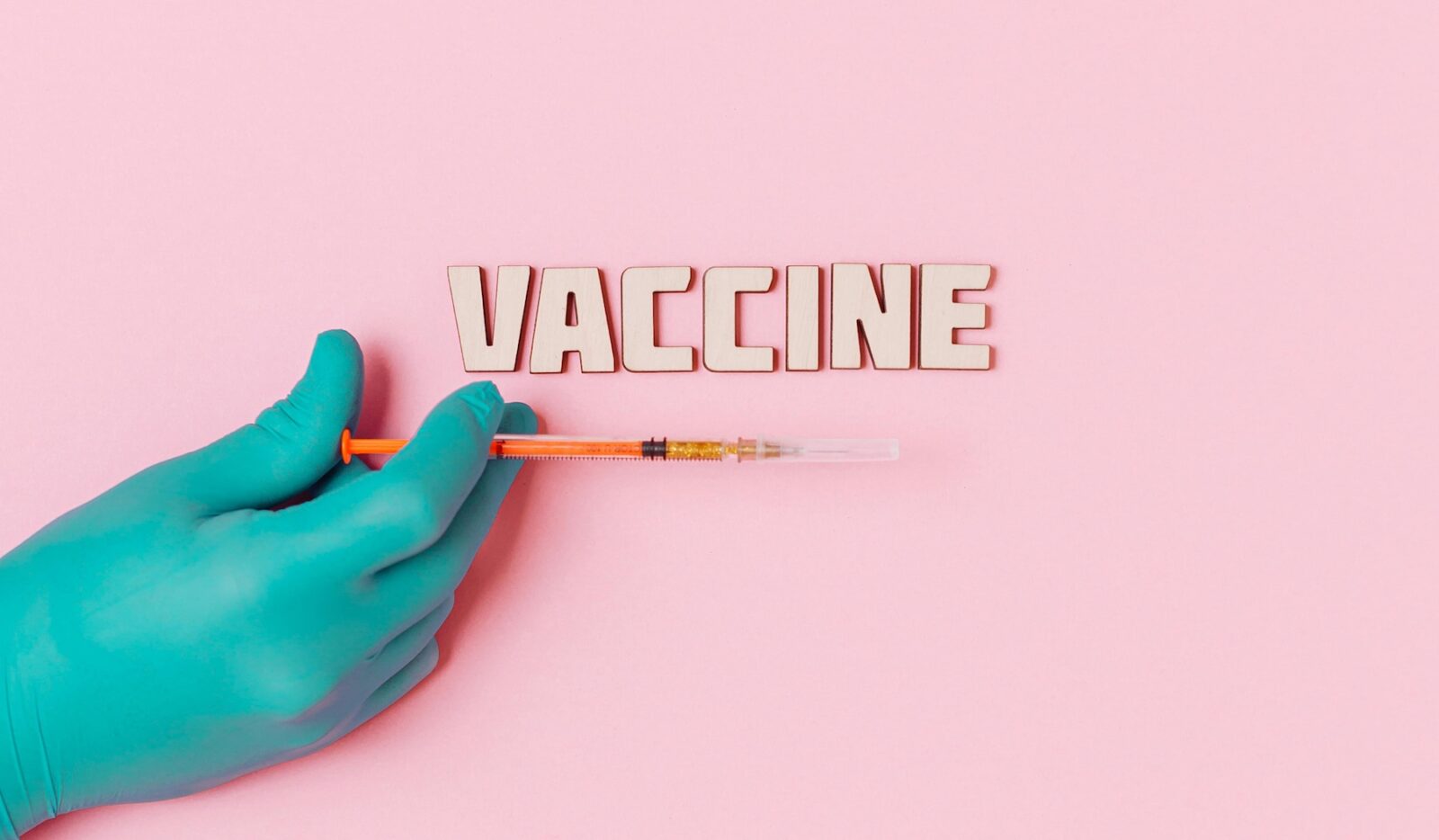
Vaccines are usually always a very controversial topic of conversation. There has been virtually no serious debate about their safety for many years, however the conversation has been growing as many are starting to question the practice, and especially the sheer number of recommended vaccines for children.
In fact, when I studied medicine, the composition of vaccines was never explained to me in detail, only the vaccination schedule. It was taken for granted that they work and are safe, so I never wondered what was behind them.
During the COVID pandemic, the backlash that anyone who questioned the technology brought about an increased skepticism within me. I wondered why if the science is so strong, and safety so established would conversations be so taboo. From that moment on, I decided to start studying what vaccines contain, and I believe it is necessary for people to have this information so that they can decide for themselves what they want to do with their bodies and the health of their children.
So, here I am going to share some information that I found most useful:
Vaccine composition
1. Antigens
Antigens are the primary actors in vaccines, serving as the mimics of disease-causing agents. These can be weakened or inactivated forms of the pathogen, subunits of the pathogen, or even snippets of genetic material. By presenting antigens to the immune system, vaccines stimulate the production of antibodies and immune memory, preparing the body to recognize and combat the actual infectious agent.
Members Only Content
To continue reading please subscribe to WellnessPlus by Dr. Jess MD
Be your own best doctor with our comprehensive suite of online health coaching tools.
